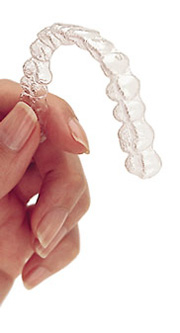
Center for Exceptional Dentistry
Dentistry Pittsburgh
Changing lives daily one smile at a time
- Landline
- (412) 344-7755
- treatmentcoordinator@pittsburghaestheticsmiles.com
- DrFirouzi
- Website
- www.pittsburghaestheticsmiles.com
Description
We serve the area of Mount Lebanon and other Pittsburgh neighborhoods. We believe that everyone deserves to have the most confident, radiant, and beautiful smile possible. The aim of this website is to introduce the many cosmetic and aesthetic dentistry treatment options that we provide, and to answer any questions that you may have. It is our philosophy that all dentistry – whether it be cosmetic dentistry, general, or neuromuscular dentistry – should be about top-quality service, technical expertise, and providing the best possible experience for our patients. Our patients are not commodities, so we do not treat them as such. We are not a high-volume Pittburgh dentistry practice. We take pride in spending ample time with each of our patients, allowing for the establishment of trusting relationships based on open communication. Choosing to undergo a cosmetic procedure is one of the most personal decisions you will ever make. It is crucial that you find a dentist that you feel comfortable with and that you can trust. Adhering to this philosophy is our top priority. Many other Pittsburgh dentists make similar promises, while compensating for fewer patients by cutting costs elsewhere. We do not cut costs. We use only the finest materials, technologies, and laboratories, and we hire only the most qualified and capable hygienists, assistants, and staff. Aesthetic vs. Cosmetic Dentistry Many of our patients are uncertain about the difference between aesthetic dentistry and cosmetic dentistry. Like many distinctions, this one is not always an easy one to make. Generally speaking, cosmetic dentistry includes procedures that a patient chooses to do, not procedures that are necessary in order to maintain good oral health. For example, a patient may have a discolored tooth that does not pose a threat to his or her general oral heath. Depending on the cause of the discoloration, porcelain veneers or a simple teeth whitening procedure may be the appropriate treatment. General dentistry treatments, on the other hand, include procedures that are deemed necessary to maintain good oral health. Pittsburgh Dentist Dr. Firouzi adheres to the principles of aesthetic dentistry when performing general dentistry procedures. In this way, he ensures that your finished product will look aesthetically pleasing and have the added effect of enhancing your appearance.
Reviews
Opening hours
Payment Options
Visa , Cash , Check , Financing , MasterCard
Categories
Dentistry(412)344-7755 (412)-344-7755 +14123447755
Map 250 Mount Lebanon Blvd
Loading map...








